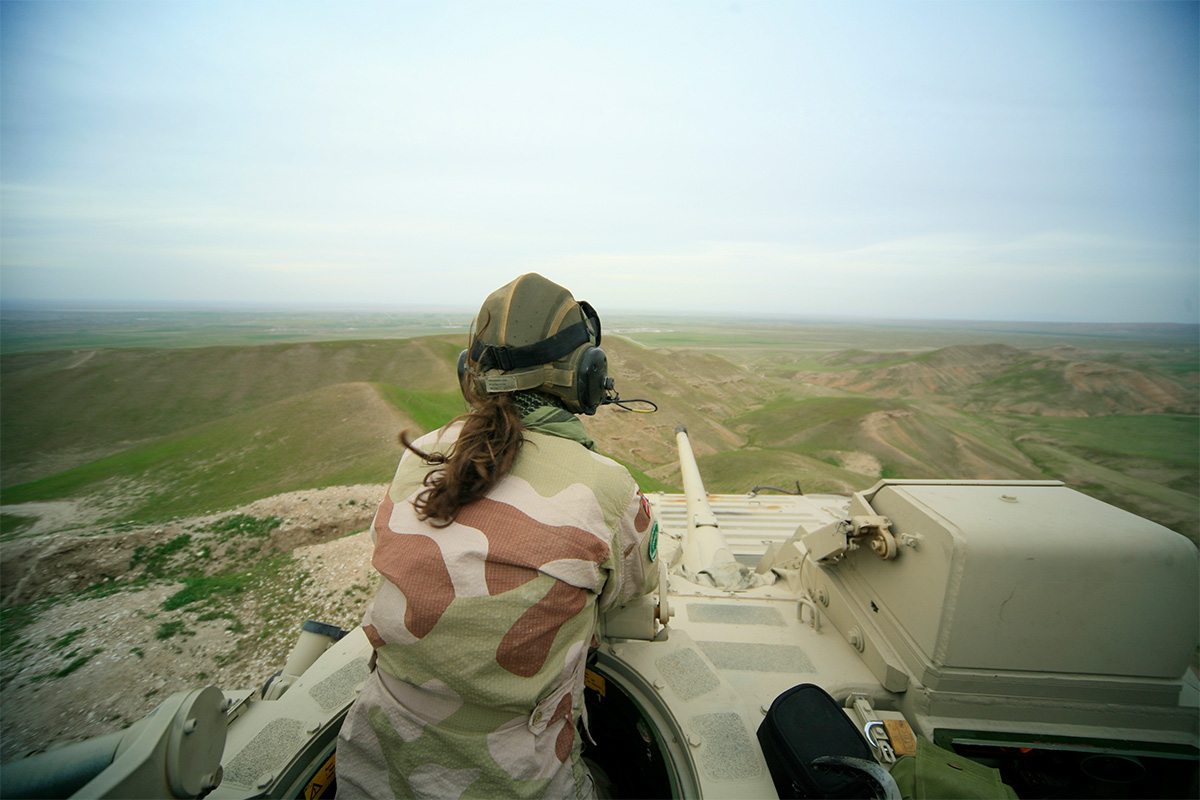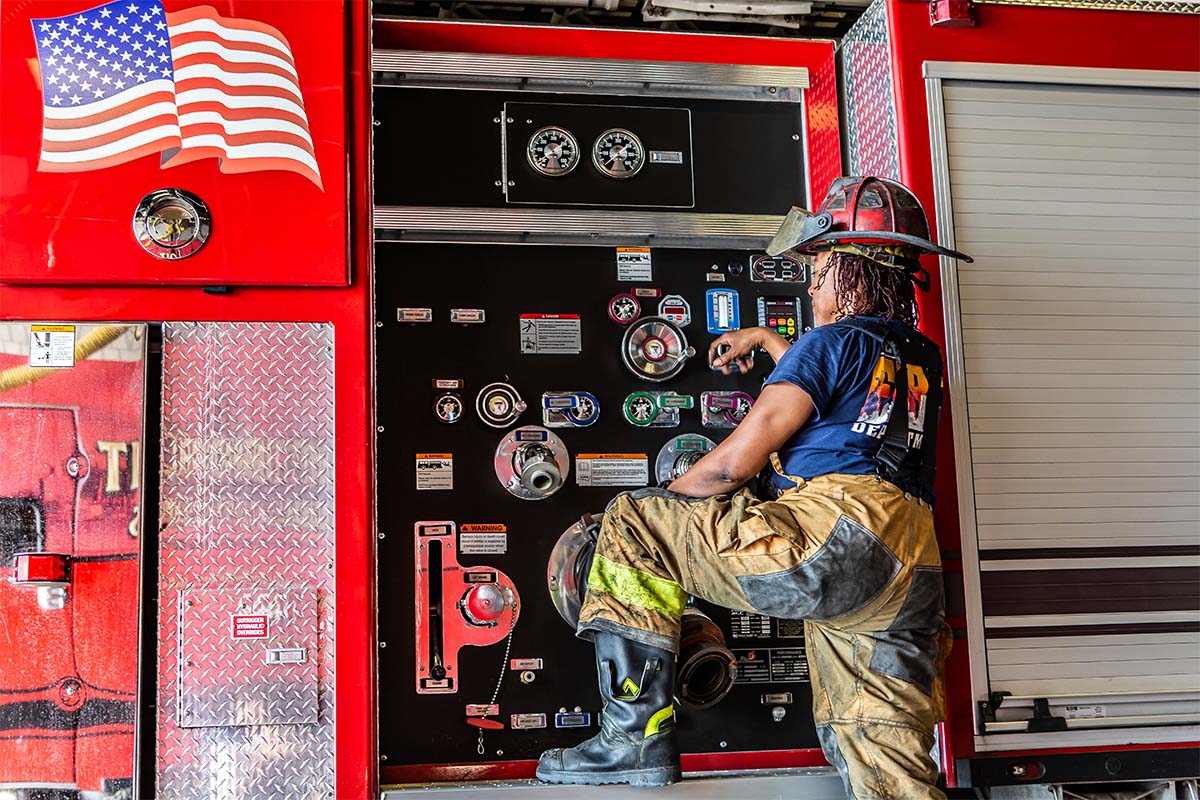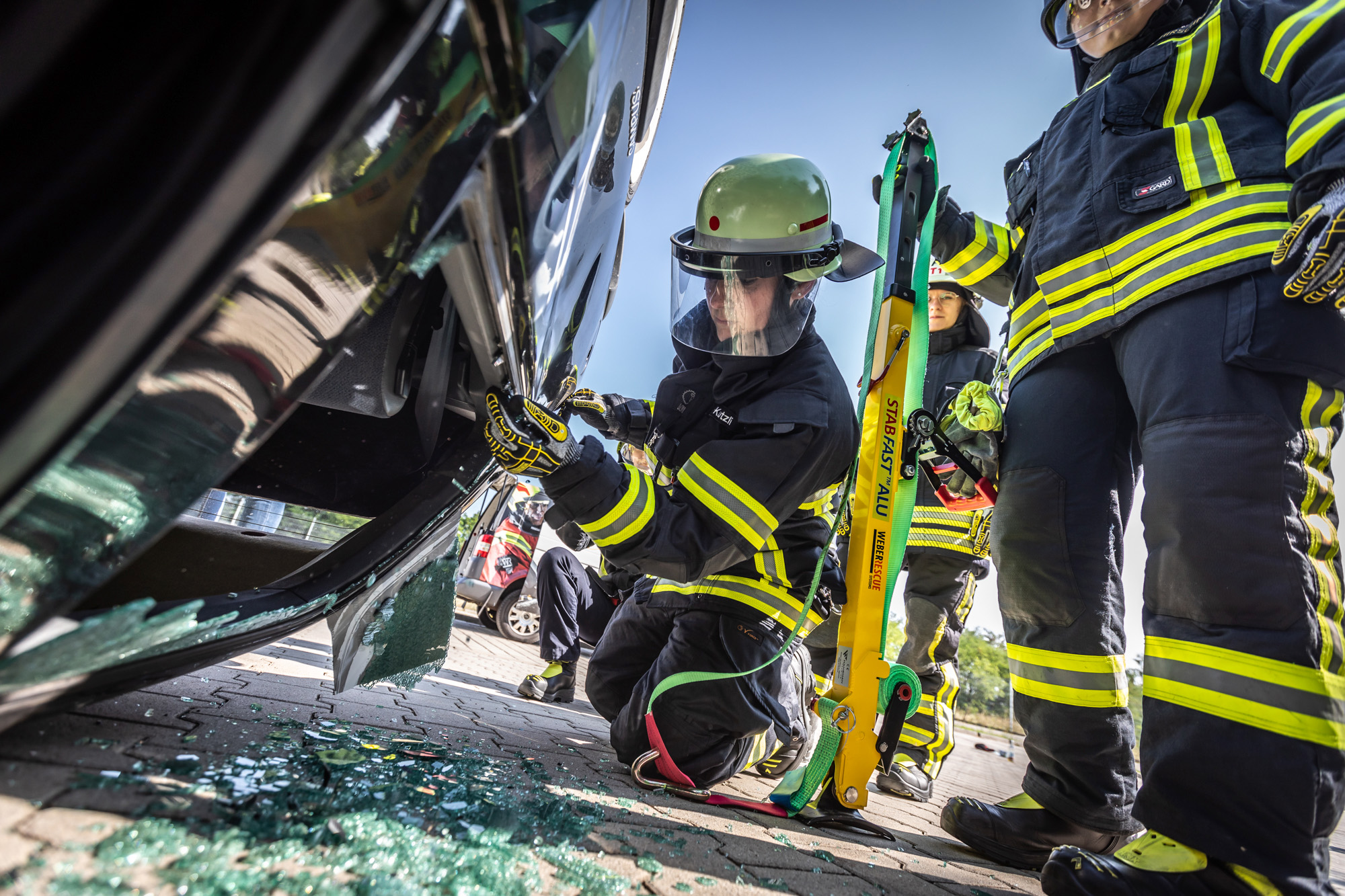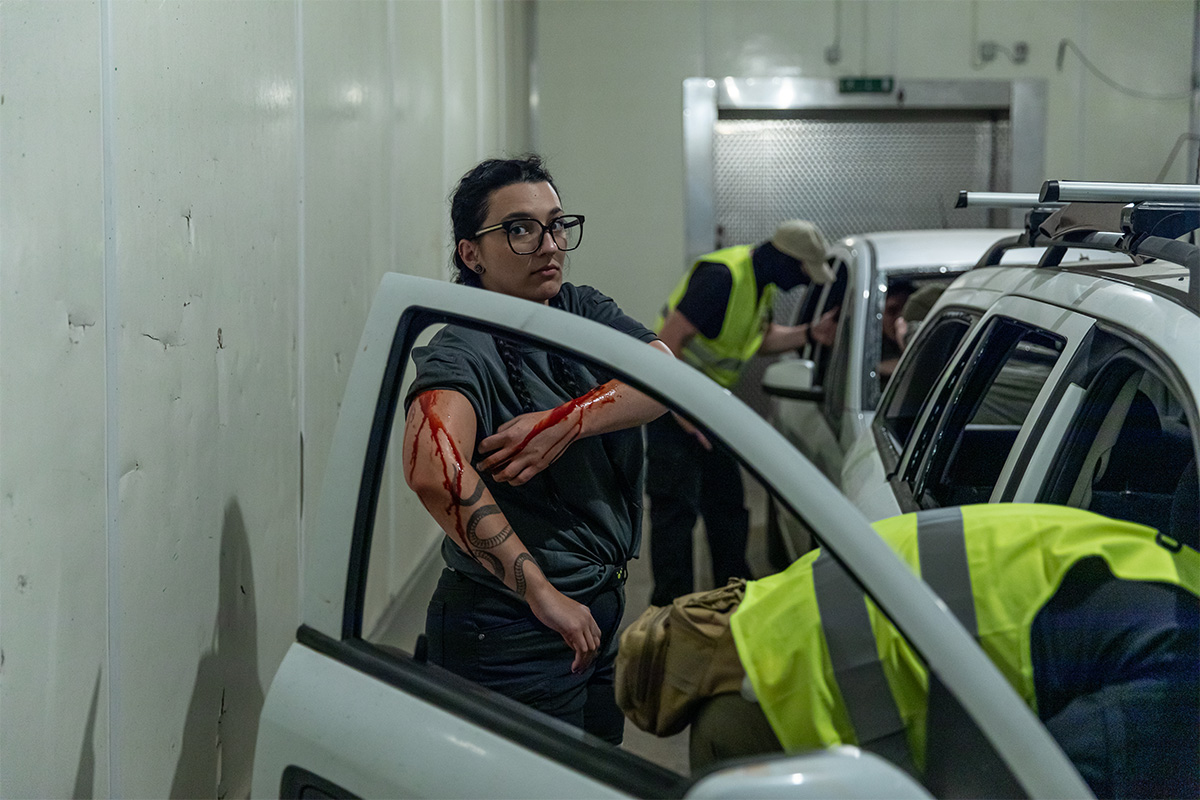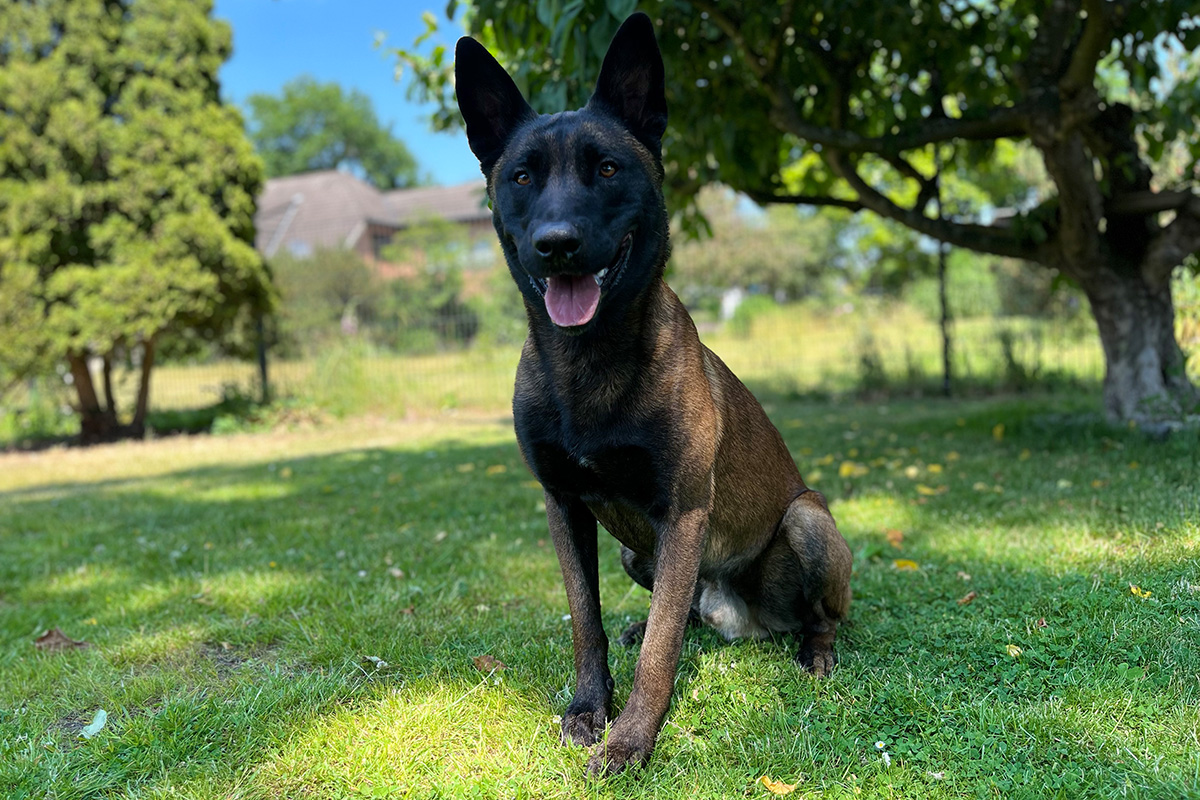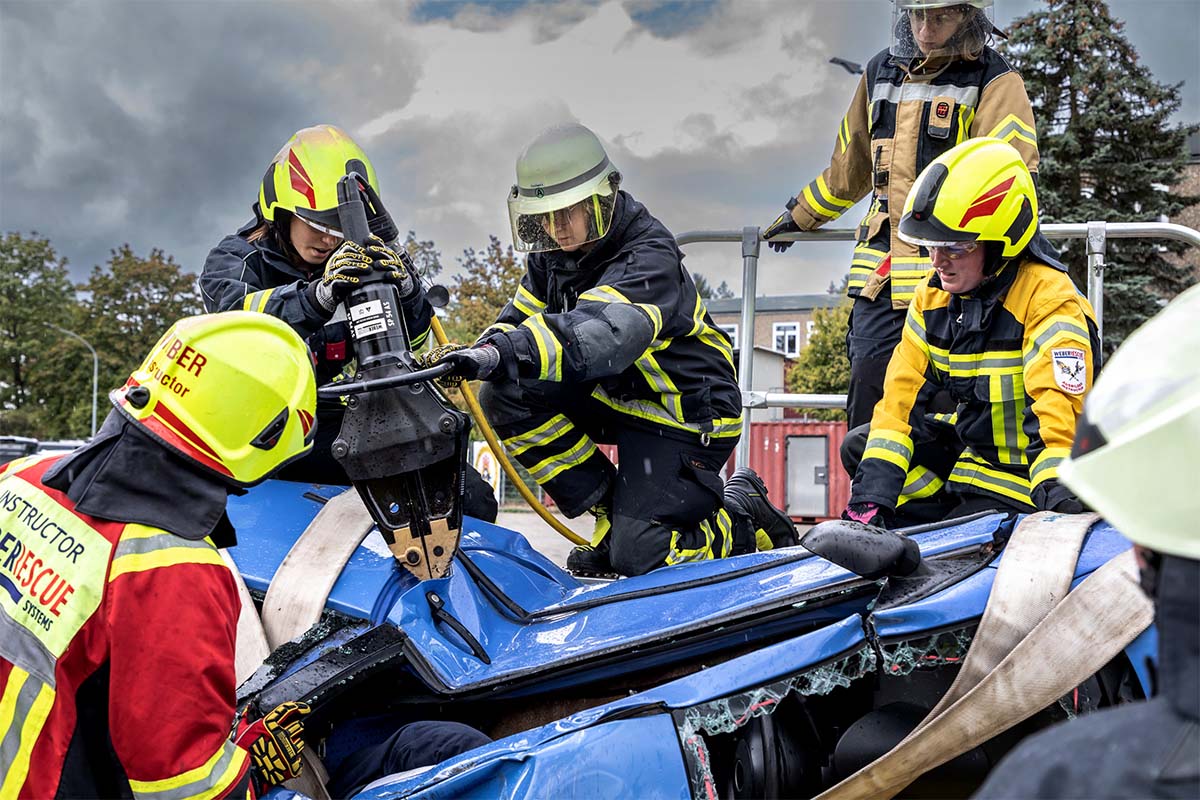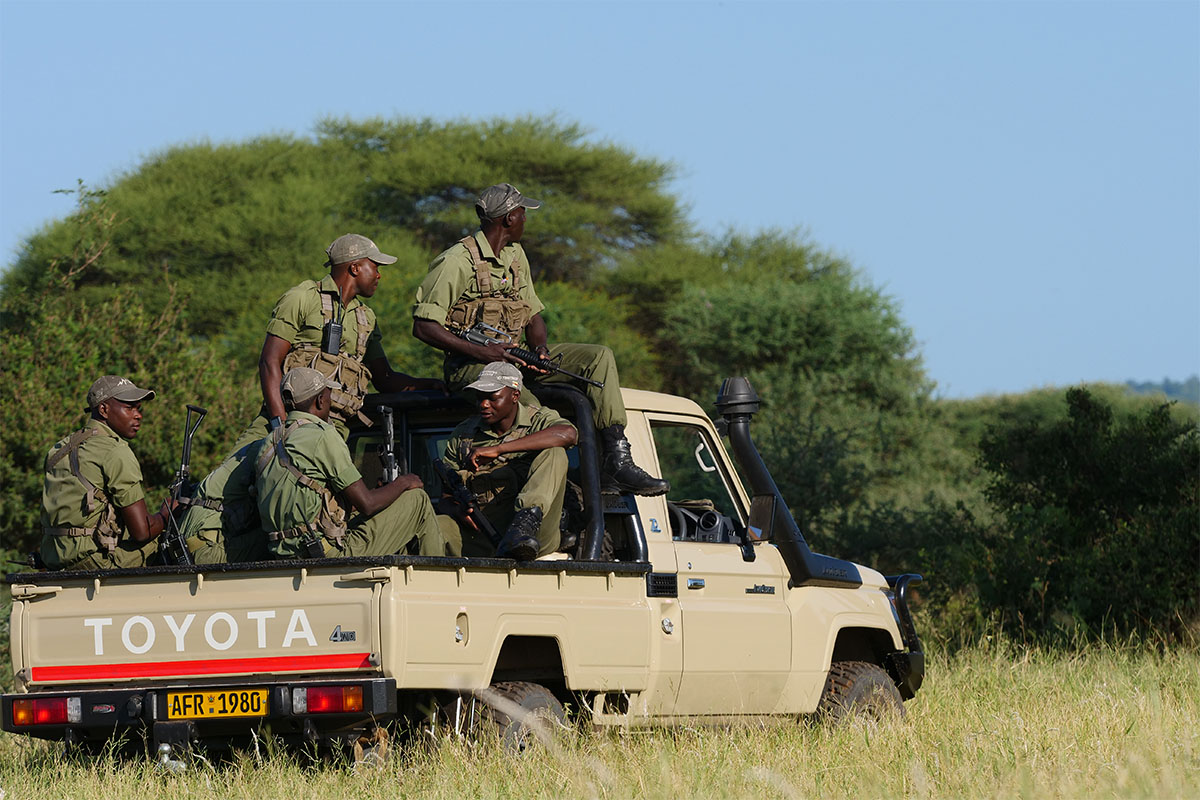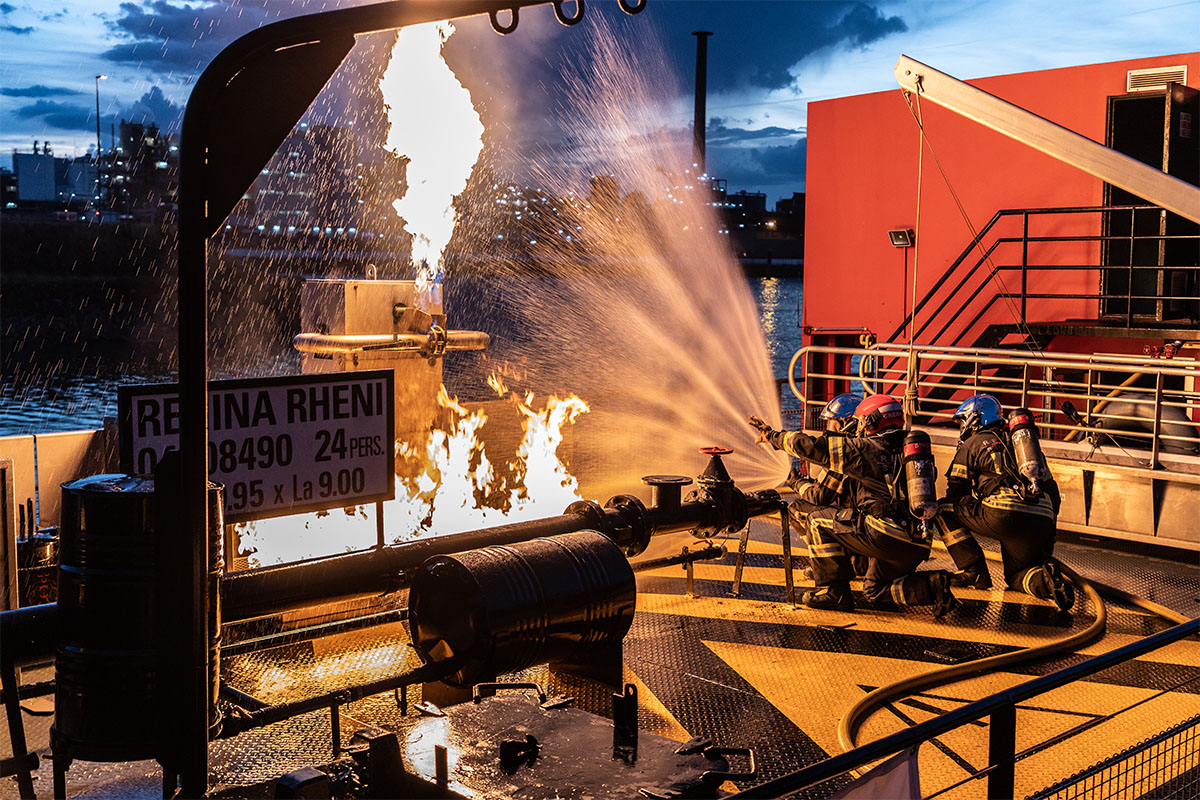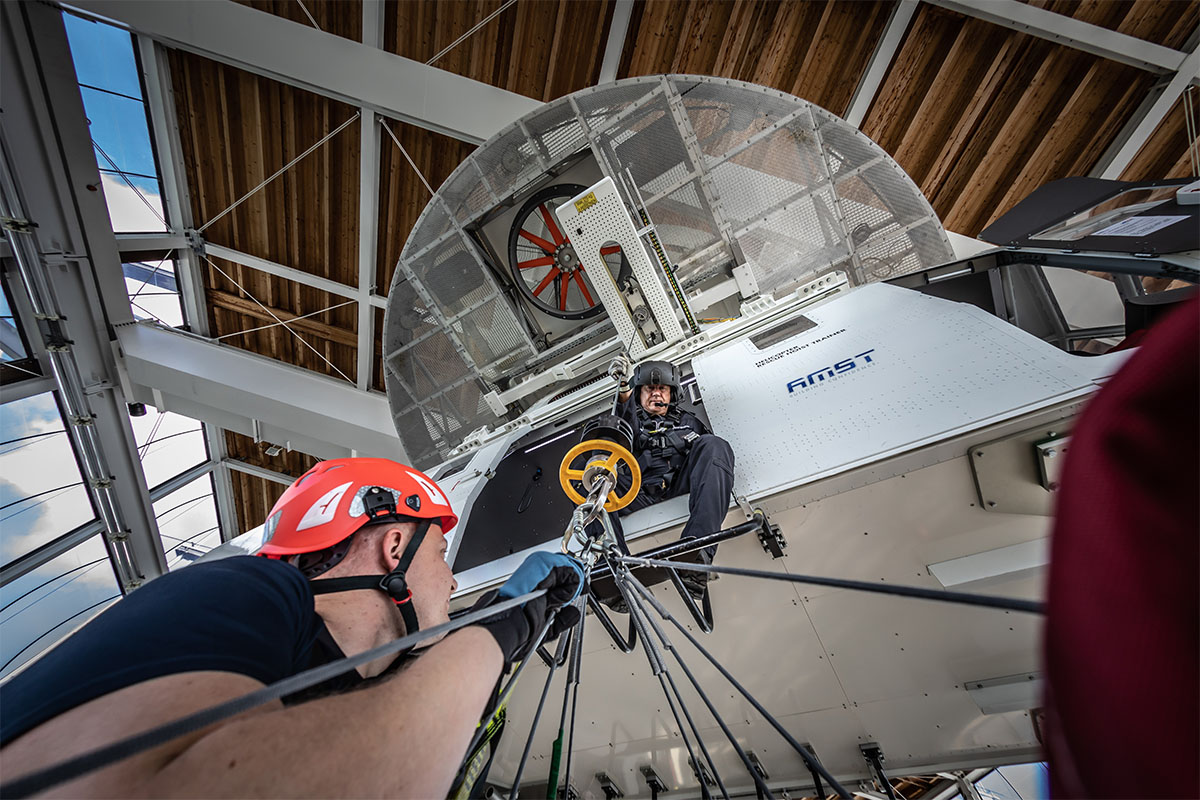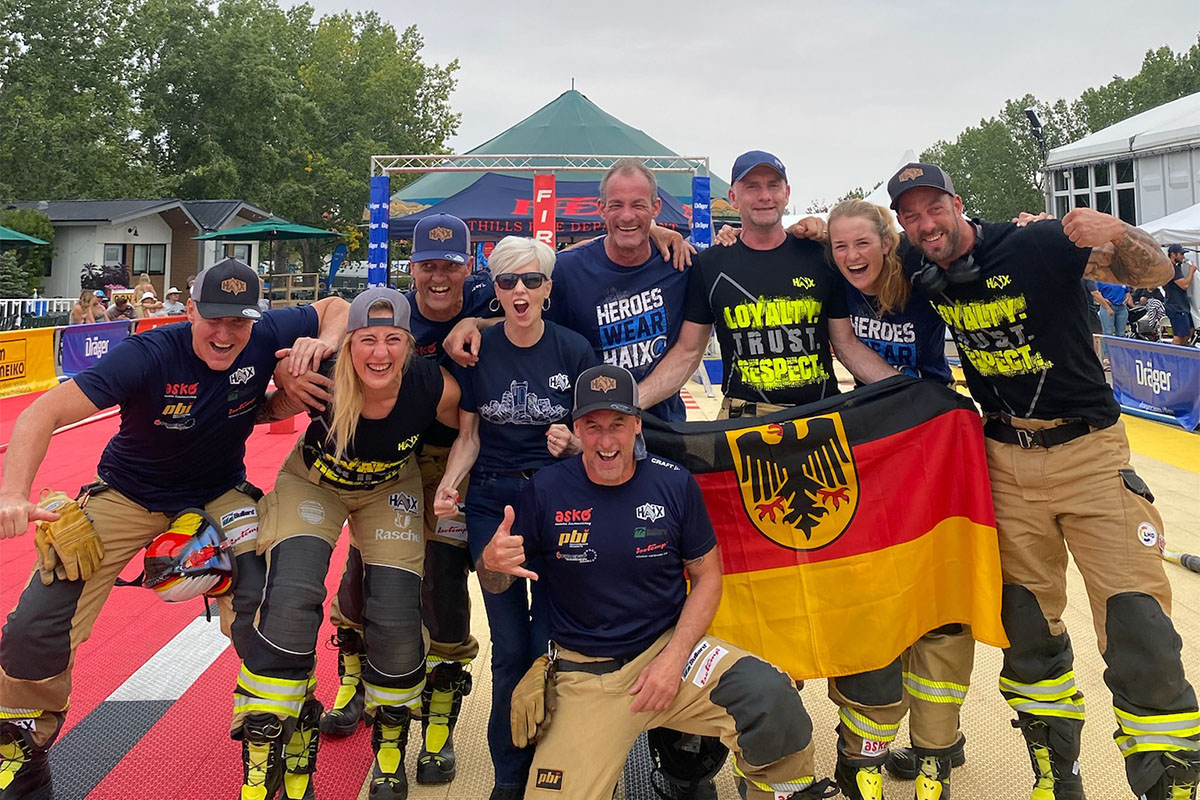Trust is a must during firefighting operations, but it manifests itself in a very different way than it would in a war zone, May Tømmervold explains. No shots are fired when you’re fighting fire. Getting people and animals to safety is the top priority. That is what motivated May to become a professional firefighter in 2014, having spent the previous 15 years as a soldier.
The engine roars. Aerial gunner May Tømmervold is kneeling next to the door of the helicopter, surveying the area. A distress call comes in over the radio; gunshots sound below. Several soldiers are encircled on the ground, all severely injured. May knows each of them personally. There is no questioning the urgency of this rescue mission, but the risk of being discovered and targeted is high. The door gunner has no choice but to trust her pilots. They, in turn, rely on her for protection.
On this mission in Afghanistan, May’s job was to secure a rescue helicopter of the Norwegian Medical Detachment. She spent 15 years as a non-commissioned officer in the Norwegian Armed Forces. Norway, a founding member of NATO, deployed troops to support the ISAF mission. May has to be on high alert at all times, watching her surroundings closely. In a crisis, door gunners protect their helicopter and everyone inside it.
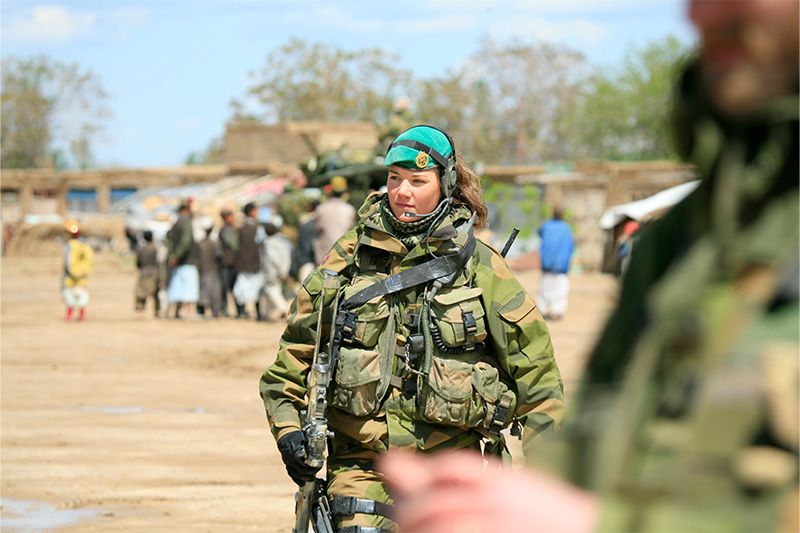
Flames everywhere
Just a few years later, May finds herself near Tønsberg in southern Norway. A residential building is engulfed by flames, with two adults and two children trapped inside. When the call comes in, her adrenaline spikes and her heart races. Firefighter May spends the drive mentally preparing herself for the operation. She checks her equipment, makes a plan. This is her first fire in a residential building. Entering someone’s house is not the same as training in a flashover container. There are flames and smoke everywhere; May can barely see the person in front of her. In an environment like this, trusting your team partners blindly is your only option.
You must be completely confident in your training and your abilities, your comrades, your own body and your equipment – confidence can make or break an operation. All members of the company have each other’s back, they will do anything to get their comrades back to safety. Knowing that everyone relies on everyone else calms her nerves and reassures her, May explains.
Outsiders find it difficult to grasp the level of solidarity that exists within a firefighting company. But 41-year-old May is unusual: according to CTIF, the International Association of Fire and Rescue Services, only 2 per cent of Norwegian firefighters were women in 2019. That amounts to 200 women out of 12,000 emergency personnel. Their number has been growing, however: today, women make up around four per cent of the force. In Germany, they account for nine percent of firefighters – around 90,000 out of a million.
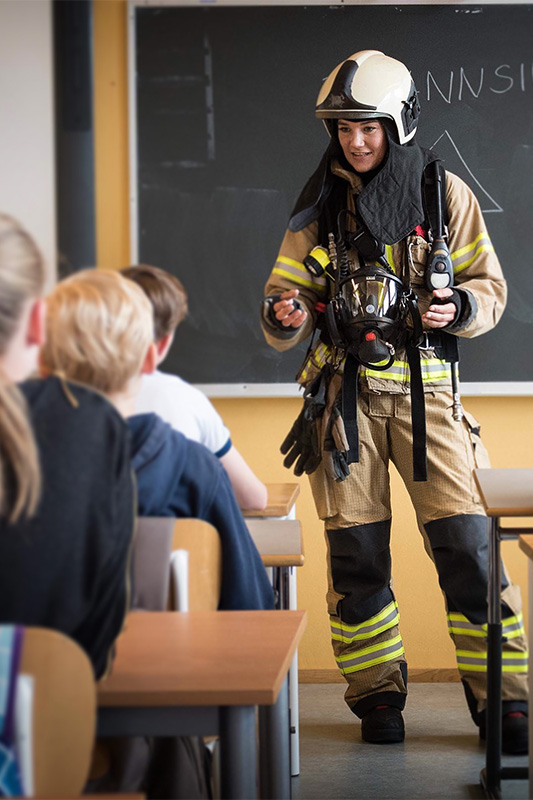
Moments that stick with you
May tours schools and talks to the media to advertise her profession. She loves the teamwork, the adrenaline, the challenge and the diversity of her work. In her view, a wide range of personalities combined with trust and honesty are what make a good team. Everyone reacts differently to dangerous situations, and talking about your experiences and emotions after a mission is extremely important. May has no doubt: “If you feel safe to talk about your feelings with your team mates, you know you’ve got a good team.”
She admits that this openness is something she misses in everyday life. “Of course, it’s hard to hear that you’ve made a wrong decision or done something unwise, that you were being an idiot.” Many people are afraid to express direct criticism. But trust also means leaving things in the past and learning from difficult situations. This feedback culture is well established in the military, and it has been on the rise in firefighting, too. Speaking openly about a mission is just as important as ignoring your own emotions while inside a burning building, keeping calm and exuding confidence.
May’s experiences have shaped her as a person: rather than relying on luck, she makes sure that she is well prepared. She knows what she can do and what her comrades contribute. Ultimately, it was this trust that saved lives in the helicopter over Afghanistan. And it was what got all the residents of the house near Tønsberg out of the flames and to safety.
